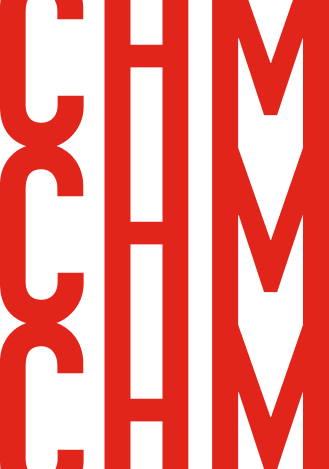
Did you know that CHM’s roots stretch all the way back to the early 1970s—on another coast? It’s been an inspiring journey that’s still ongoing, and we look forward to sharing it with you. Here are some milestones and highlights that brought us to where we are today.
The Digital Computer Museum, founded by Ken Olsen and Gordon and Gwen Bell, opens inside the lobby of a building at Digital Equipment Corporation’s main campus in Marlborough, Massachusetts.
The Computer Museum, dropping “Digital” from its name, relocates to Museum Wharf in the heart of downtown Boston. Its mission is threefold:
Much of this “DNA” lives on at CHM today. See The Computer Museum’s historical website here: http://tcm.computerhistory.org/.
The Computer Museum launches its Fellow Awards program to honor technology pioneers—unsung heroes as well as legends—for their contributions to the advancement of computing and to shaping our modern world. Computing pioneer Grace Murray Hopper was the first recipient. The Fellow Awards continue on to this day.
Learn more about the Fellow Awards.
In 1996, TCM moves the the unused historical collection to Moffett Field in Mountain View, California and establishes The Computer Museum History Center. TCM eventually closes and moves some of the exhibits into Boston’s Museum of Science. The remainder of the historical collection travels to The Computer Museum History Center, which incorporates as a new independent California 501(c)3 nonprofit.
The Computer Museum History Center is renamed the Computer History Museum. Led by museum cofounder and chairman Lenord J. Shustek, the Computer History Museum’s mission is “To preserve and present for posterity the artifacts and stories of the Information Age.” Learn more about Len and his vision here.
A capital campaign launches to raise money to purchase a building and establish an endowment for the Museum.
In 2002, the Museum purchases a landmark building in Mountain View, California and begins renovations.
In 2007, the Museum buys a modern climate-controlled storage facility in Milpitas, California to store the 90% of its collection not on display at any given time.
Produced in association with KQED, the Museum launches a popular speaker series called Revolutionaries that runs for seven seasons. Reaching millions of viewers, the series features intriguing conversations with renowned Silicon Valley leaders and innovators with valuable insights into the process, risks, and rewards of technological innovation. Notable speakers include: Paul Allen, Walter Isaacson, Jeffrey Katzenberg, Marissa Mayer, Elon Musk, Sheryl Sandberg, Jane Smiley, and Mark Zuckerberg. Watch the trailer.
In March 2017, CHM opens the Shustek Center, named for CHM founder and chairman Len Shustek. It provides climate-controlled storage for digital and archival collections and digitization workstations. With study space for visiting scholars, the Shustek Center promotes greater access and preservation of computer history. It also houses the Bernard L. Peuto Software Preservation Lab, a dedicated laboratory where curators process, read, and store the Museum’s historical software collections in CHM’s digital repository for long-term preservation. Read the press release.
In 2019, CHM launches the Learning Lab, a multipurpose, 3,000-square-foot space designed to spark curiosity, foster creativity, and encourage experimentation for learners of all ages. The new space provides community resources, interactive activities, thought-provoking exhibits, technology demonstrations, and first-hand experience with cutting-edge research, scholarship, curriculum, and programming at the intersection of technology and learning.
In 2019, as part of its new Strategy to 2022, the Museum changes it’s mission to “Decode technology—it’s computing past, digital present, and future impact on humanity.” The new mission establishes CHM as a leader in fostering a community of digital citizens that believes technology can create a better future for everyone.
CHM’s new Strategy to 2030 shares the Museum’s vision for a fair, inclusive, human-centered digital world and a commitment that by 2030 CHM will be a strong, sustainable 21st-century Museum reaching millions of people online and in person, inspiring them to help build a better future. Learn more.

Become part of the movement transforming how people understand our computing history, digital present, and future impact on humanity by donating today.
Donate